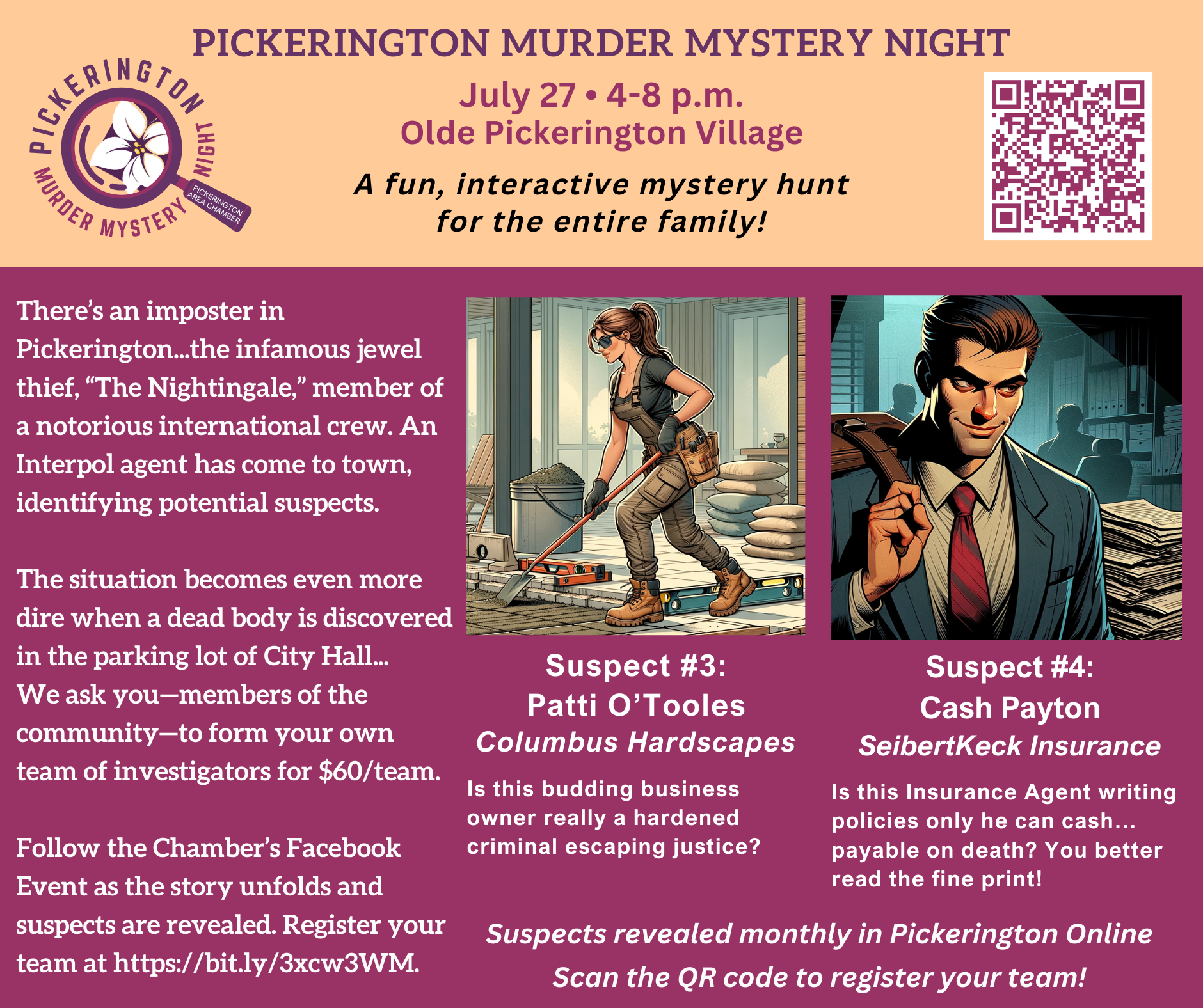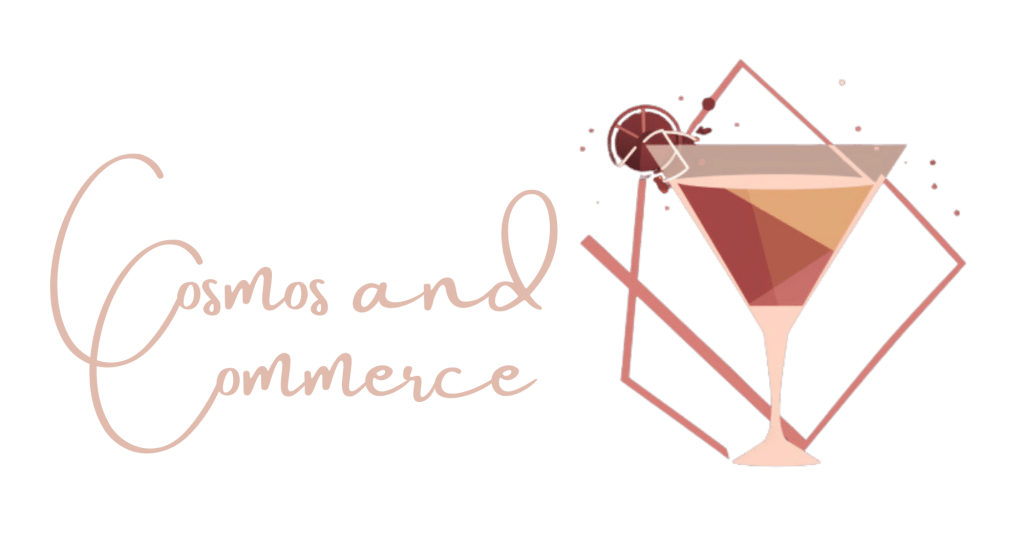

Photo by Michelle Hill
April 24, 2023
By Michelle Hill, POL Contributor
Pickerington has an awesome resource in David Hague and Tammy Miller of Coyote Run and the Hague Nature Preserve. They are highly motivated to do what is best for our environment. They are working to remove invasive species and to restore their property to a more natural space. We can all benefit and learn from their efforts.
We can help to build on the amazing successes of Coyote Run, extending that oasis of natural habitat into our own spaces. In doing so we can help build a better Violet Township, one that makes space for the natural world to grow and flourish.
We can help by gathering and removing invasive plants. Invasive plants harm the local environment by blocking out sunlight for new generations of trees, changing the soil chemistry to make the space less suitable for native plants, and spreading so quickly that they ultimately push most other plants to local extinction. Fewer native plants are available to feed to our pollinators, birds, and other critters. Invasive plants spread quickly from one season to the next, compounding the problem with each passing year.
Article continues below.

Photo by Michelle Hill
So, what can we do to help?
Action 3: Remove invasive vegetation– Per the Ohio Invasive Plant Council (OIPC), an invasive plant is “An alien species whose introduction does or is likely to cause economic or environmental harm or harm to human health.”
In Pickerington, the most common foes are bush/Amur honeysuckle, Callery pear, Japanese honeysuckle, garlic mustard, burning bush, multiflora Rose, autumn olive, and English ivy, but there are many others.
To tackle this issue often requires manual removal using loppers, a small hand saw, an ax, or by grubbing (manually removing the vegetation by pulling out by hand).
Article continues below.

When the plant is young and the soil is moist, you can give it a gentle, wiggly pull and achieve a satisfying removal of the plant’s root system. Stomp the soil back in place when you are done. Do not chop and drop this vegetation if seeds are present. To prevent regrowth, you’ll need to bag it up. Do not compost invasive materials as this may allow the plant to regrow. Removal is ideally completed when the vegetation has yet to set its seed.
If you venture out in March, here in central Ohio, likely the only greening bushes you find will be the invasive bush honeysuckle. In early April, the earliest blooming trees that you will see and smell will be Callery pear. Notice how much of our “natural spaces” have been consumed by this limited list.
We can make a positive impact by removing invasives and allowing the native plant species to return. Dormant seeds will start to sprout again once space has been cleared for them. These plants may require our ongoing assistance. By planting natives in the spaces opened up by the removal of invasives, we can reclaim this habitat for our pollinators, ensuring its health and our own for future generations.

Photo by Rachel Scofield
What do you remember hearing, smelling, and seeing in the woods as a child?
Much of the vegetation that grows locally was not here just 15-20 years ago, and certainly not in the numbers it is now. Due to the invasive plants ability to rapidly spread (and to do so unchecked) we have seen the invasive populations explode.
Currently, according to the OIPC there are 100 types of invasive vegetation known to cause problems in natural areas. The forests, meadows and parks that we remember no longer exist as they once did due to invasive vegetation, however we can do our part to recover much of that native beauty. We all must commit ourselves to the effort.
Tammy Miller remembers and for this reason and many others she has devoted herself to this pursuit. She and her partner David Hague have spent countless hours removing invasive vegetation from the Coyote Run and Hague Preserve properties. In conjunction with the Fairfield County OSU Extension, they organize tours and hands-on opportunities to observe and interact with the natural world right here in Pickerington. I recently spoke with David and Tammy about their work.
David, could you please describe the size of your property and the invasive vegetation population?
“The 21-acre woods near our home was purchased in 2006 and was part of a parcel that had been farmed for at least 150 years. Nearly all 21 acres were covered by forest with the last timber harvest at least 125 years ago. While there were some fairly large trees, there was a heavy infestation of garlic mustard throughout. The perimeter had large concentrations of Japanese and bush honeysuckle and there was Chinese privet scattered throughout. Wintercreeper was heavy on the west edge of the woods and reed canary grass was encroaching as well.

As of 2023 there remains some Japanese honeysuckle and reed canary grass along the west edges with remnant populations of garlic mustard in very small numbers here and there,” said David.
Tammy adds, “Another 125-acre parcel was purchased by Coyote Run 10 years ago and 34 acres of woods. These woods had very heavy populations of garlic mustard and multiflora rose. Now it is much improved but not quite as pristine as the home property due to adding on the much larger McGill farm in 2016. We try to keep the best area from reverting and improving other woods as time allows. We hope to devote even more time as our careers fade into history, but we’re sometimes more achy than we were 15 years ago.”
How would a homeowner go about tackling invasives on their own property?
“One of the best ways to learn how to tackle invasive species on your own property is to volunteer at an invasive removal day in your town or at a nearby park or nature preserve. If you are eager to get started, The Ohio State University Extension website has some really good fact sheets on the most common invasive plants. These fact sheets were very helpful to David and I when they were just learning. But nowadays, Youtube.com is very helpful,” shares Tammy.
David adds, “Just as citizens are not allowed to build on their property without conforming to code they likewise should not be allowed to plant or allow invasives on their property. As noted above, this has to be a gradual process so that citizens are involved in the solution long before there is enforcement. Most folks are used to seeing invasives everywhere simply out of ignorance so, a volunteer effort, in coordination with major landowners such as the city or school district, can be effective in changing opinion.
Such efforts should be thoroughly coordinated with the landowner with an understanding that invasive control never ends, and that the landowner needs to be involved in continuous invasive control after the initial “clearing out.” Many folks think that a mass volunteer effort to clear a particular area is the goal, but it is only the beginning of a non-stop effort.”
What is the plan going forward and what role does the city play in the undertaking of this great task?
“An isolated forest will always get repopulated with invasives through avian and other methods, but that can be handled with light, yearly maintenance. The real threat is the surrounding properties that are heavily infested with various invasives. High quality natural areas such as Coyote Run are at constant threat from neighboring areas where no invasive control is practiced, no matter who owns the surrounding land. The city should modify code so that landowners must deal with invasives on their own property. This can be done first with an education campaign by the city followed by code that gradually enforces compliance,” stated David.
If an individual, business, or organization wanted to get involved what would you suggest?
At this time, the Bill & Joyce Hague Foundation is very focused on our April tree planting and hiring some interns. The foundation has trained a few local citizens that are interested in invasive removal projects in their backyards and in the community. We hope to do more,” says David after another long day working to plant 1,250 new trees on the property.
I would love to hear about the progress you have made in removing invasives. Which native plants have you seen return to these spaces?

“When we first bought the 56-acre home property, the woods were on the verge of being overtaken by garlic mustard and multi-flora rose. We guess that we removed 25 contractor bags of garlic mustard that first brutal year. Some of the multi-flower bushes were as big as the farm tractor. But after five years, the efforts really paid off. There are very few invasives except tiny new plants that arrive along the creek and borders with neighbors. The spring wildflowers are amazing,” shared Tammy.
Their efforts were rewarded in the reappearance of native plants: bloodroot, squirrel corn, Jack-in-the-Pulpit, Canadian wild ginger, rue anemone, common lbue wood aster, hairy wood mint, Virginia bluebells, Virginia mountain mint, Jacob’s Ladder, and Mayapples among many others. Visit their iNaturalist page to see what other observations have been made at Coyote Run and maybe make a few observations of your own.
“At first, we were just thinking of the project as taking care of our backyard and were pretty overwhelmed. Neither one of us liked yard work or gardening. However, we started to see the impact of invasive plants on the health of the woods and animal habitat and we found the passion to keep up the work and share the news with others,” shares a hopeful Tammy Miller.
The time and sweat Tammy and David have poured into their efforts to rehabilitate their land have not been in vain. We all benefit from this improved green space, but nature is not a place you visit, it exists all around you. We must acknowledge the situation and take a more active role in preserving the natural world. An investment of time into removing invasives secures that much more habitat for tomorrow.

“These trees which he plants, and under whose shade he shall never sit, he loves them for themselves, and for the sake of his children and his children’s children, who are to sit beneath the shadow of their spreading boughs,” attributed to Hyaccinthe Loyson in from a sermon in 1866.
Ohio Invasive Council for more information on invasives
Follow Coyote Run on Facebook for information on educational hands-on opportunities here in Pickerington.

Michelle Hill is the founder of the local Pro Pollinator Initiative which is a group working to plant pollinator gardens throughout the Pickerington area. This summer, they will plant native flower beds at Toll Gate Elementary School and the main branch of the Pickerington Public Library.
She is also the acting president of Greener Violet, a newly-formed Pickerington-based environmental organization combining a variety of ecological interests including invasive plant remediation and watershed protection.
To learn more about either organization or to ask a question specific to your situation, please email Michelle at pro.pollinator.initiative@gmail.com.
Growing Hope logo created by Dawnette Fleischer

















